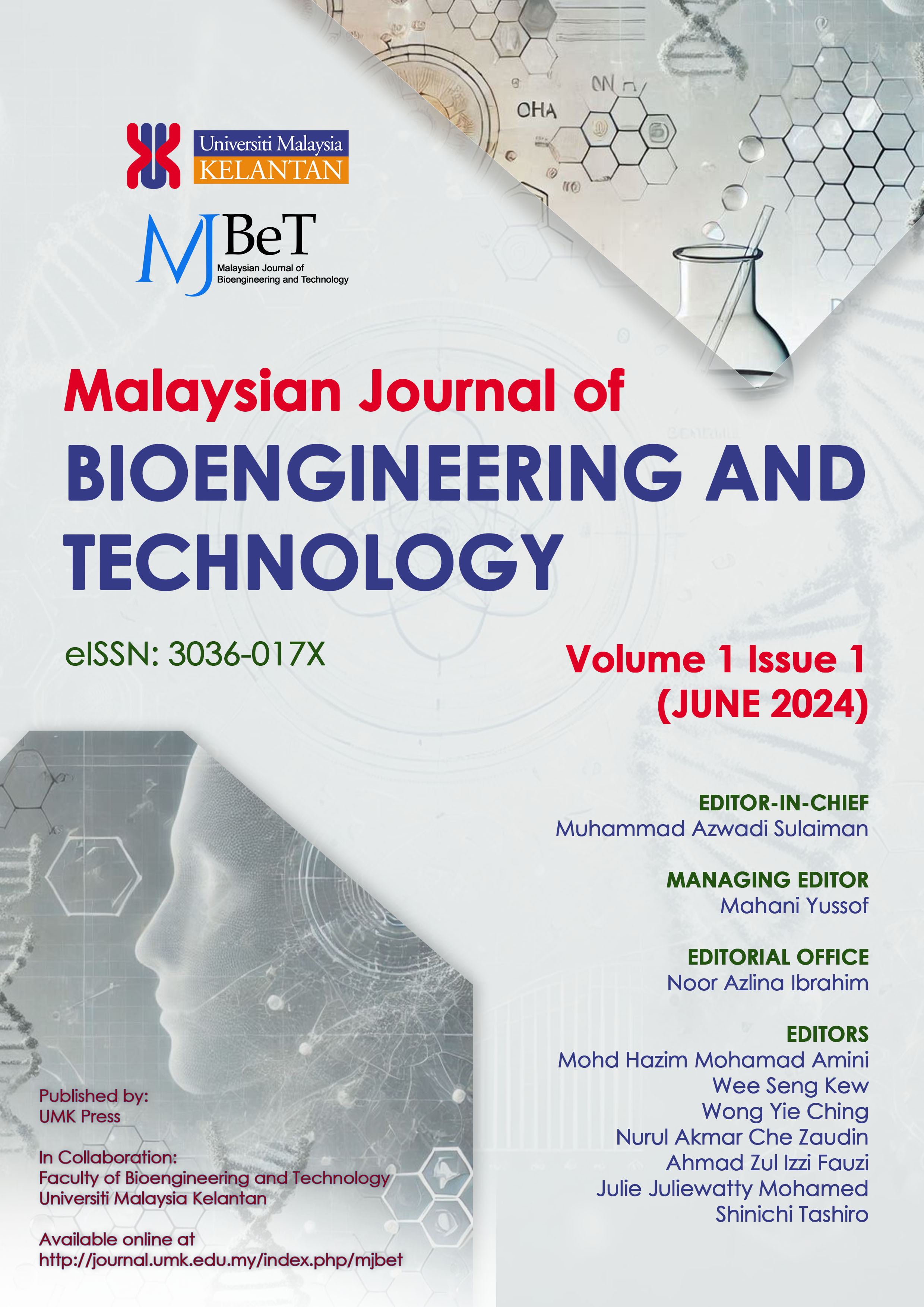Enhancing Roselle Growth and Yield through Planting Density and Fertilization Strategies: A Study on BRIS Soil Area
DOI:
https://doi.org/10.70464/mjbet.v1i1.1302Keywords:
Intercropping, Nitrogen, Phosphorus, Pottasium, Sesbania grandifloraAbstract
Optimizing planting density and fertilization practices are crucial factors influencing the micro-environment of agricultural fields, thereby profoundly impacting the growth, development, and yield formation of Roselle plants. This study investigates the combined effects of planting density and Sesbania grandiflora integration on nitrogen dynamics within the BRIS soil area, aiming to enhance Roselle growth and yield. Employing a randomized complete block design (RCBD), three fertilizer treatments—control, green manure, and organic fertilizer—were implemented. Nitrogen content was analyzed using the Kjeldahl method, while phosphorus and potassium contents were determined via UV spectrometry and atomic absorption spectrophotometry, respectively. Within an agroforestry model employing a spacing of 20 cm between plants, results revealed that Roselle plants treated with organic fertilizer exhibited higher nitrogen (N: 3.54 %), phosphorus (P: 0.54 %), and potassium (K: 1.61 %) content in their leaves, and similarly in their roots (N: 1.93%, P: 0.45%, K: 2.11%). However, soil analysis indicated that green manure fertilizer treatment led to higher nitrogen (0.11 %), phosphorus (44.67 %), and potassium (0.17 %) content within the BRIS soil. In conclusion, the green manure fertilizer treatment demonstrated a propensity to enhance nitrogen dynamics within the poorly structured BRIS soil, thereby promoting growth and development. Conversely, the integration of Sesbania grandiflora along with suitable plant spacing appeared instrumental in sustaining Roselle yield productivity. This research sheds light on the interplay between planting density, fertilizer strategies, and soil dynamics, providing valuable insights for optimizing Roselle cultivation practices in similar agroecological contexts.


